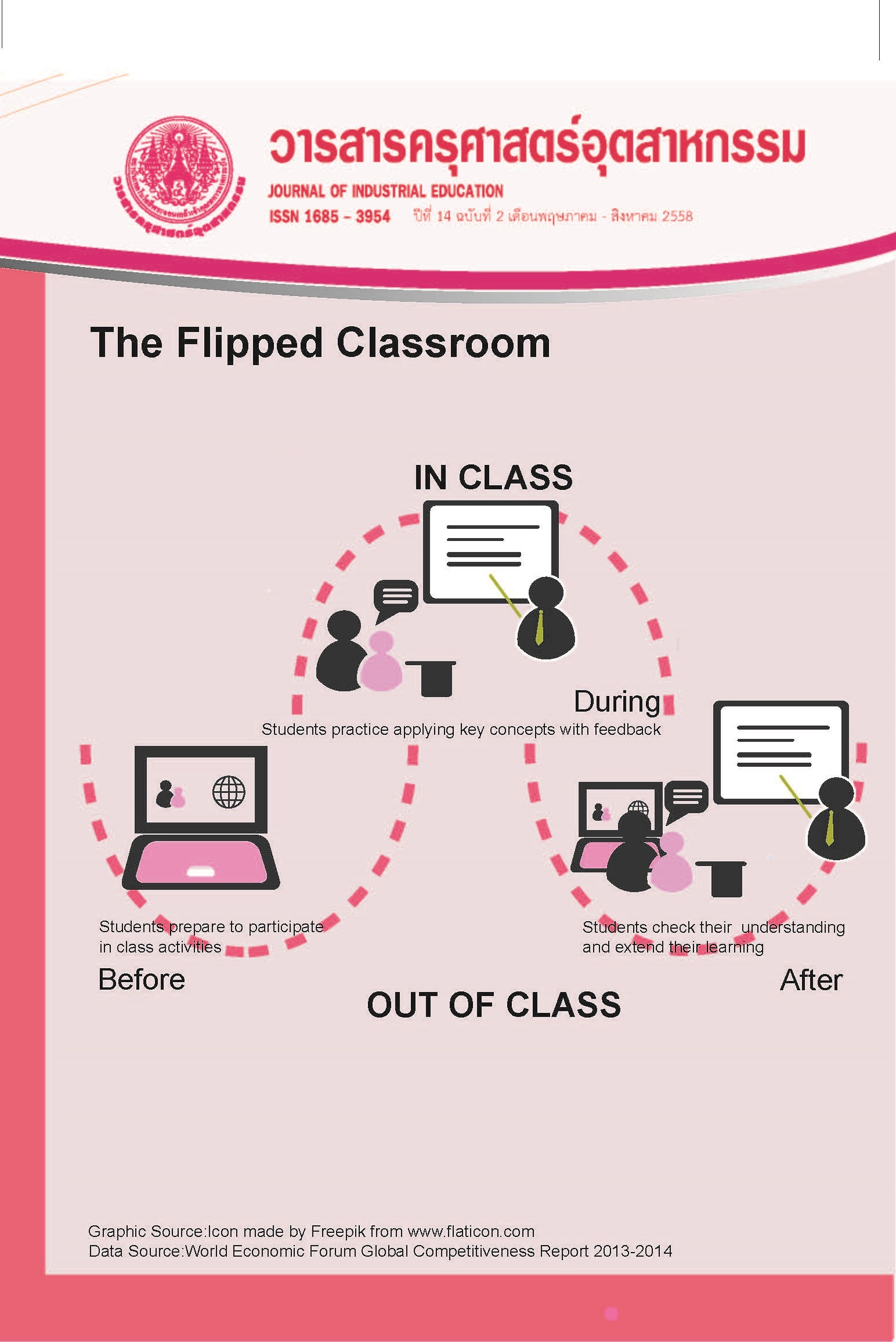Model of Knowledge of Pesticide Use and Primary Health Care
Main Article Content
Abstract
This research was quantitative research with survey approach. The questionnaire was used as an instrument for gathering data from population of 70,546 agriculturists in Yasothon Province in Northeastern region of Thailand. Multi-stage random sampling was conducted to collect 400 agriculturists as a sample group. Structural Equation model (SEM) was used for model validation. The objective was to develop a structural relationship model of knowledge of pesticide use and primary health care affecting to environmental conservation behavior through inspiration of public mind for environmental conservation.
Research results showed that Knowledge of Pesticide Use (KPU), Primary Health Care (PHC), and Inspiration of Public Mind for Environmental Conservation (INS) were able to explain the variation of Environmental Conservation Behavior (ECB) with 89.00 percent and INS had the most effect to ECB with 0.73, subsequences were KPU, and PHC with 0.13 and 0.10 respectively. Moreover, KPU and PHC were able to explain the variation of INS with 79.00 percent and PHC had the most effect to INS with 0.74. Subsequence was KPU with 0.15.
Article Details
"The opinions and contents including the words in papers are responsibility by the authors."
"ข้อคิดเห็น เนื้อหา รวมทั้งการใช้ภาษาในบทความถือเป็นความรับผิดชอบของผู้เขียน"
References
[2] World Health Organization (WHO). (2006). Pesticides. Children's Health and the Environment, WHO Training Package for the Health Sector, World Health Organization.
[3] Charoensong, P., Artsanaratnajinda, P, Rittem, M., Chainarong, B, & Kamking S. (2011). Obsolete Pesticides. Bangkok: Office of Waste and Hazardous Waste Disposal. Department of Pollution Control. Ministry of Environment and Natural Resources. Thailand.
[4] Ramathibodi Poison Center. (2012). Statistic of State of Poison Received in Thailand. Retrieved from: https://www.ra.mahidol.ac.th/poisoncenter
[5] U.S. Environmental Protection Agency. (2013). What is a pesticide? Retrieved from: https://www.epa.gov/pesticides/about/index.htm. On 21/04/2013
[6] Issa, Y., Sham'a F.A., Nijem, K, Bjertness, E, & Kristensen, P. (2010). Pesticide use and opportunities of exposure among farmers and their families: cross-sectional studies 1998-2006 from Hebron governorate, occupied Palestinian territory. Environ Health. 2010 Oct 19; 9: 63. doi: 10.1186/1476-069X-9-63.
[7] Tungkijthavorn, O. (2006). Prevention and Control the Danger from Chemical Substance. Journal of Health Promotion and Environmental Sanitation, 29 (1), January- March 2006.
[8] Thiengkamol, N. (2011e). Environment and Development Book 1. (4th ed.).Bangkok: Chulalongkorn University Press.
[9] Thiengkamol, N. (2011i). Development of Model of Environmental Education and Inspiration of Public Consciousness Influencing to Global Warming Alleviation. European Journal of Social Sciences, 25 (4):506-514.
[10] Thiengkamol, N. (2009c). Environment and Development Book 2 (Food Security). Bangkok: Chulalongkorn University Press. pp28–32.
[11] The Agricultural Bureau. (2010). Summary Report of Dangerous Object Import. Department of Agriculture, Ministry of Agricultural and Cooperatives.
[12] Kamin, P., Thiengkamol, N., Thiengkamol Khoowaranyoo, T. (2014). Environmental Education and Public Mind Affecting Forest Conservation Behavior. Journal of Industrial Education, 13 (3): 181-187.
[13] Srikaewtoom, N., Thiengkamol, N., Thiengkamol, C. 2014. Development Model of Biodiversity Conservation. Environmental Conservation. Journal of Industrial Education, 13 (3), 142-148.
[14] Dejkunchorn, D., Prasertsri, N., Thiengkamol Khoowaranyoo, T. 2014. Development Model of School Landscape Management for Environmental Conservation. Journal of Industrial Education, 13 (3), 157-164.
[15] Srichaimool, P., Prasertsri, N., Thiengkamol, C. 2014. Development Model of Household Food Security Management. Journal of Industrial Education, 13(3), 149-156.
[16] Jongwutiwes, N., Thiengkamol, N., & Thiengkamol, T. (2012b). Causal Relationship Model of Hospital Environmental Management. Mediterranean Journal of Social Sciences, 3 (11):447-458.
[17] Saisunantharom, S. Thiengkamol, N., Thiengkamol, C. (2013a). Casual Relationship Model of Biodiversity Conservation. European Journal of Scientific Research, 104 (3):460-474.
[18] Udonboon, C., Thiengkamol, N., & Thiengkamol, C. (2012b). Causal Relationship Model of Water Conservation Behavior. Mediterranean Journal of Social Sciences, 3 (11):591-604.
[19] Chomputawat, S., Thiengkamol, N., Thiengkamol Khoowaranyoo, T.(2013b). Causal Relationship Model of Environmental Conservation Involved Psychological Factors for Agriculturist. European Journal of Scientific Research, 115 (1):147-165.
[20] Phinnarach, K., Thiengkamol, N., & Thiengkamol, C. (2012a). Causal Relationship Model of Community Strength. European Journal of Social Sciences, 34 (3):379- 392.
[21] Donkonchum, S. Thiengkamol, N., & Thiengkamol, C. (2012a). Causal Relationship Model of Environmental Conservation Behavior Integrated with LCA Knowledge. European Journal of Social Sciences, 33 (1):5-16
[22] Jukravalchaisri, J., Koktatong, K., and Koktatong, U. (2013). Development Model of Elderly Health Care Behavior with Public Mind. Mediterranean Journal of Social Sciences, 4 (6): 141-155.

